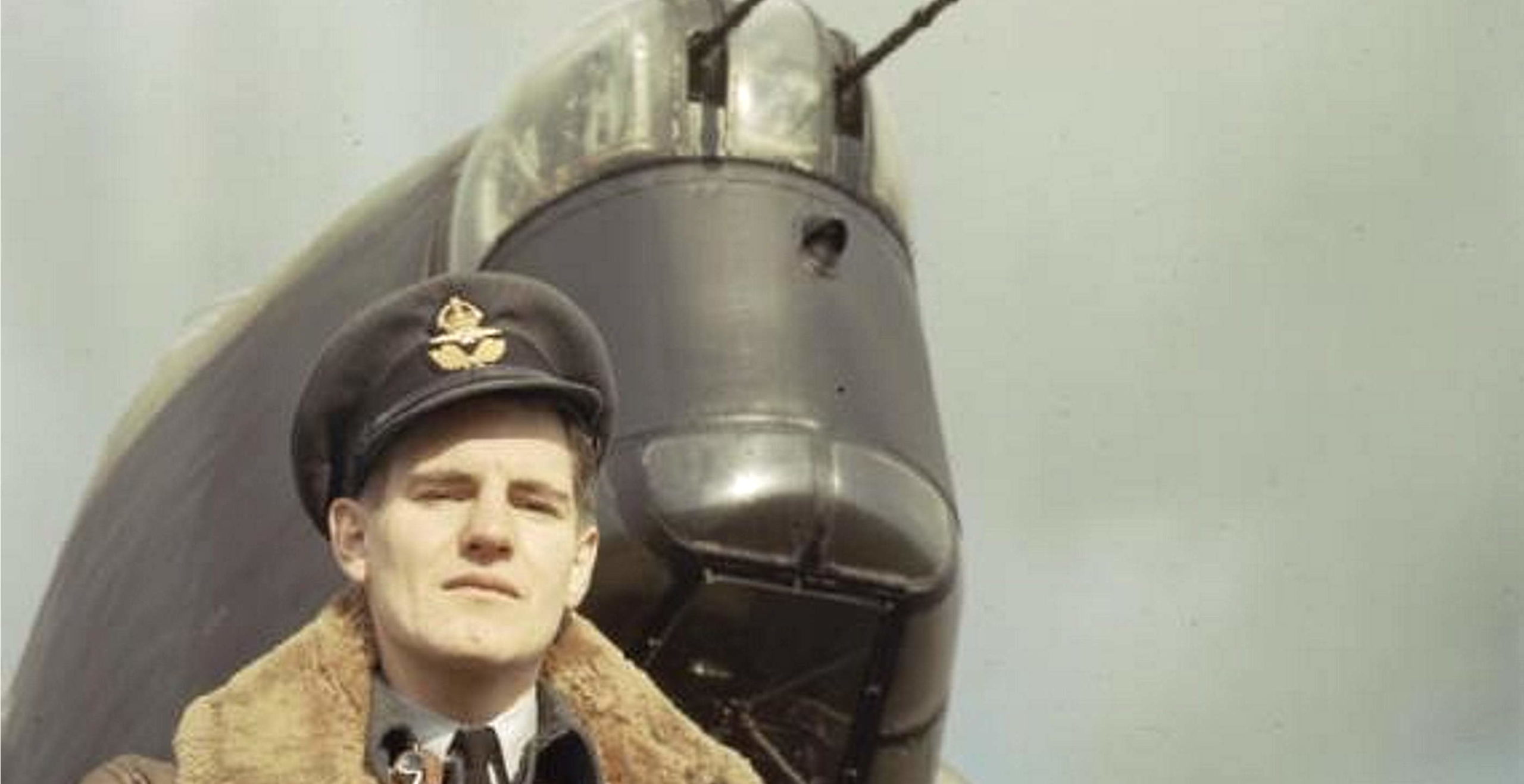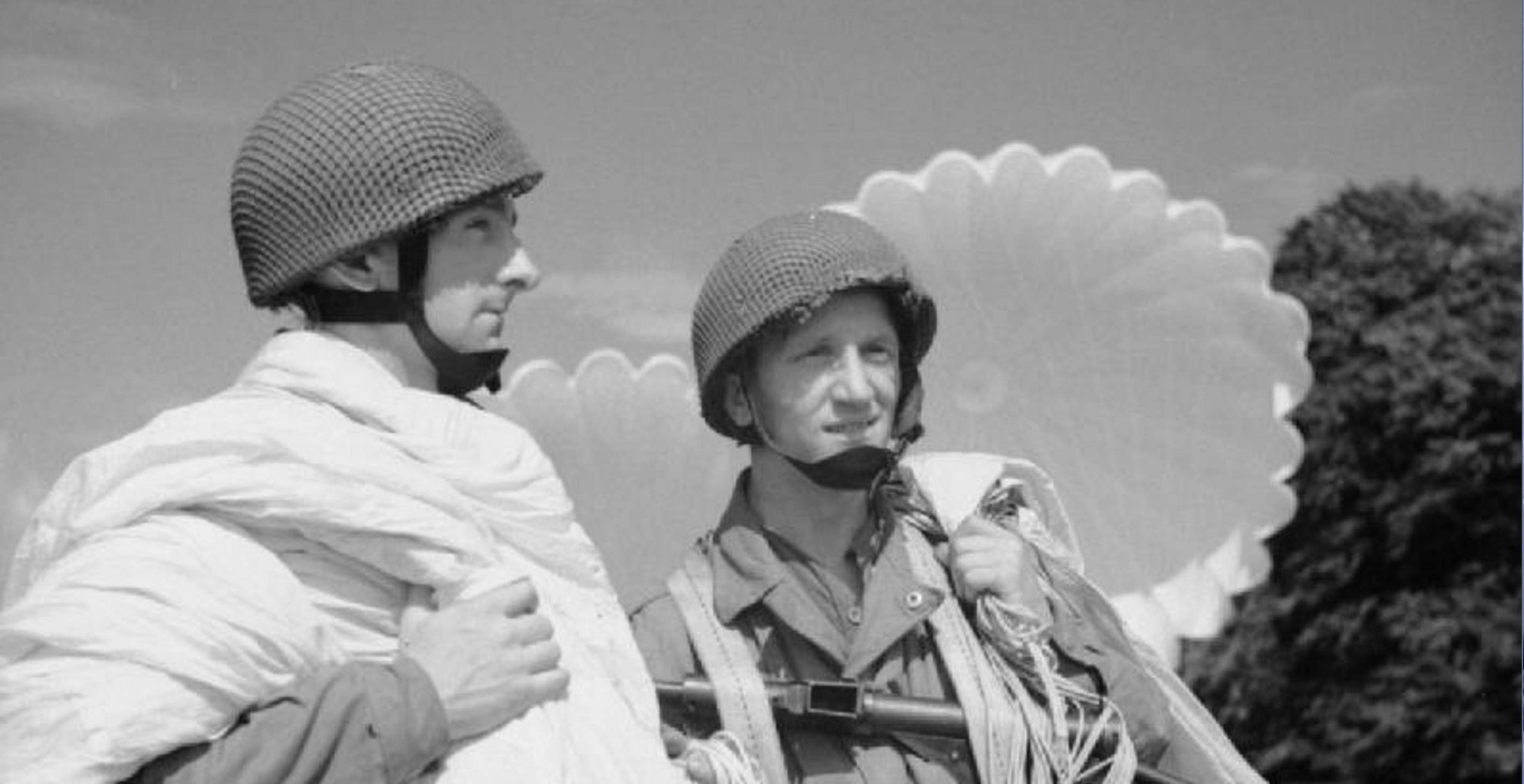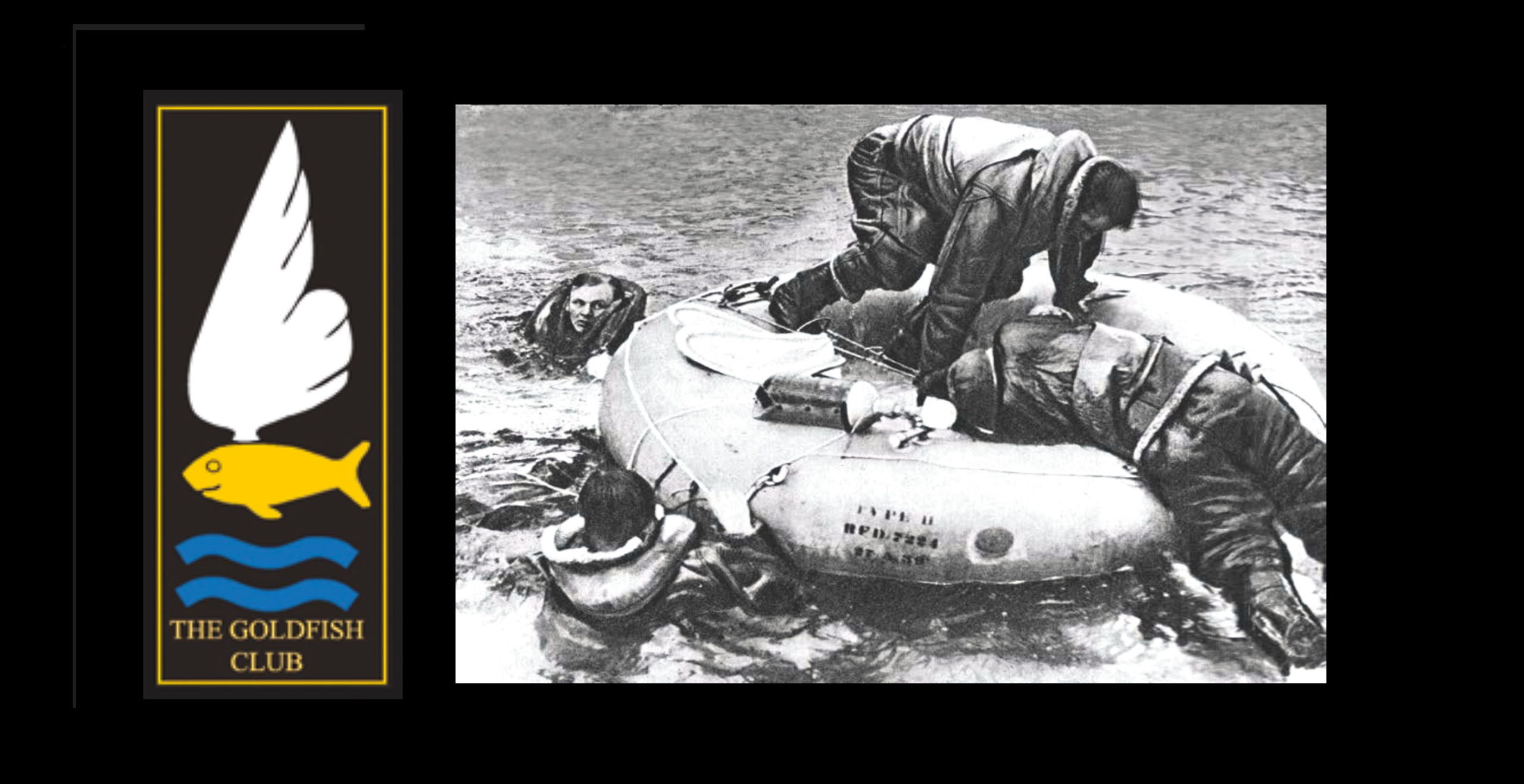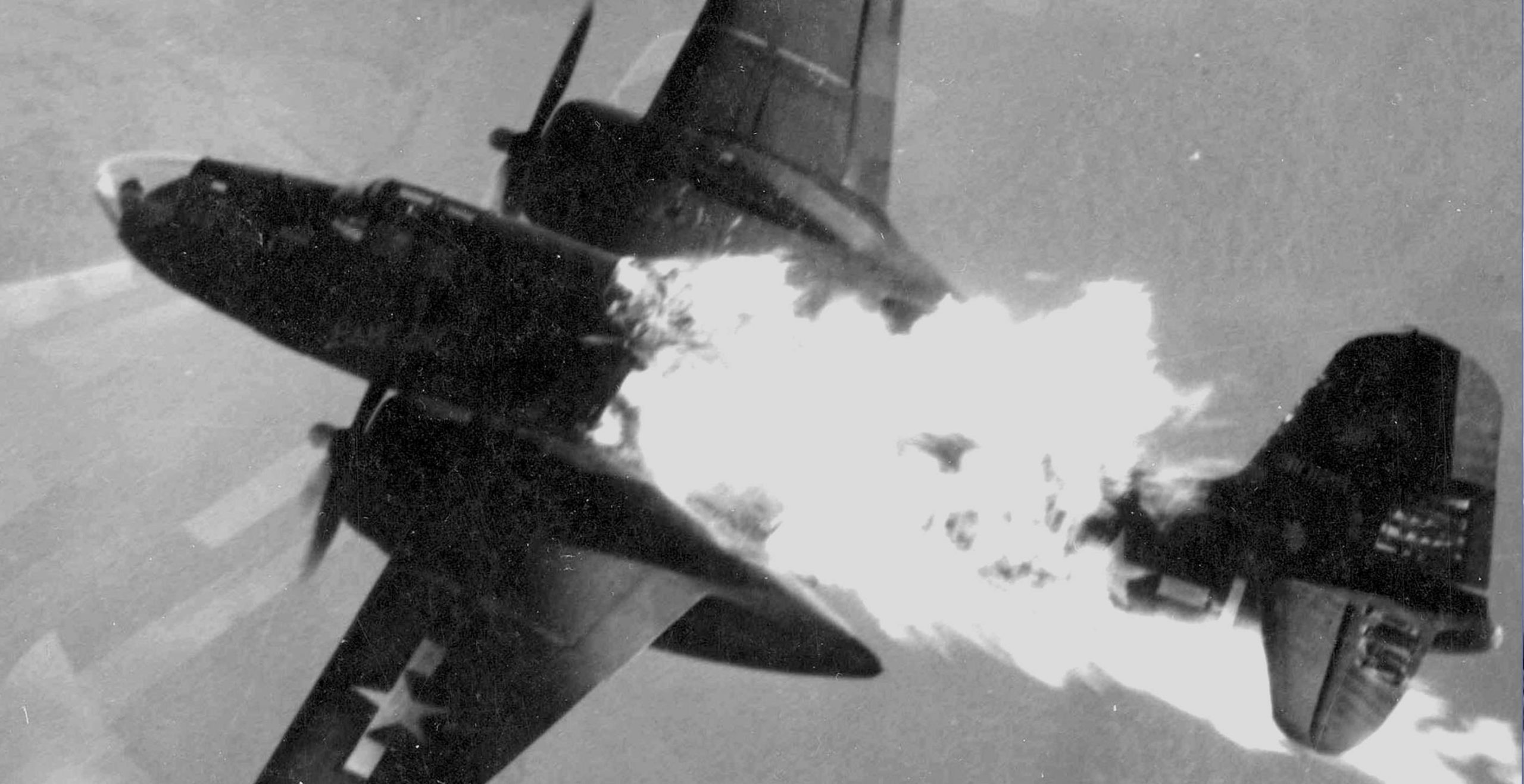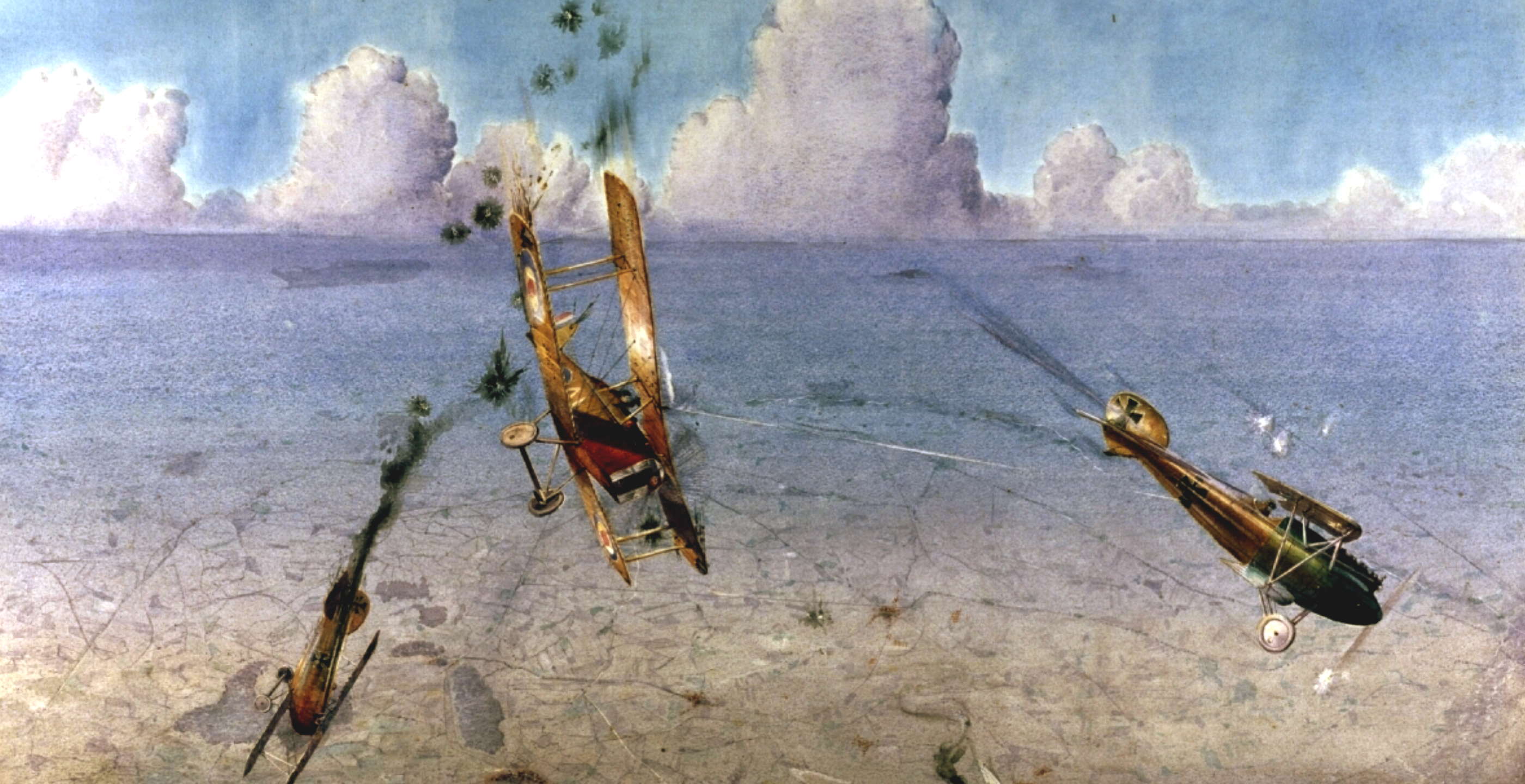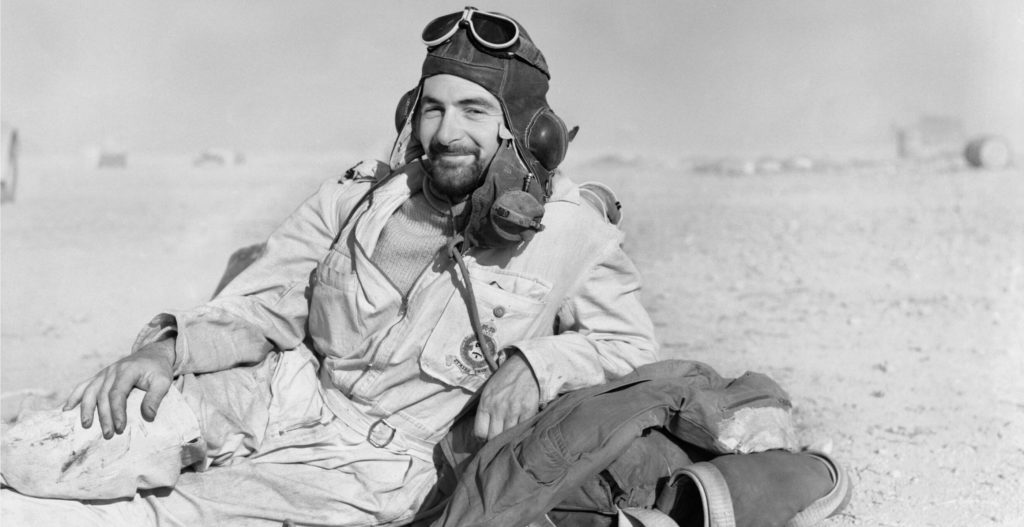It’s not immediately obvious what a caterpillar, a goldfish, a guinea pig and a boot with wings all have in common. However, these are all names of air clubs that were formed before or during World War Two.
For the people of Britain, World War Two was undoubtedly an air war. Civilians were arguably far more involved and aware of the Second World War than the first in Britain, purely because it was such an air-based war. It literally took place over people’s heads. Even before it began, the RAF had started a huge campaign of expansion and preparation for what they knew was coming. Hitler had shown his hand in Guernica in 1936 and the RAF was determined to be ready. They knew how much was going to depend on who had command of the skies over Britain. It was to be above that the fate of Britain would be decided. It was also in 1936 that the RAF was split into separate command divisions: Bomber, Fighter, Control and Training.
In the years leading up to the war, air force bases sprung up all over the country, as did massive bomber command stations and coastal watch stations; nowhere was untouched by the conflict. Once the war started, the Home Front suffered greatly, from the relentless attacks during the battle of Britain in 1940 all the way through the Blitz and after. This is possibly why there were so many civilians that also joined the war effort including air raid wardens, firefighters and members of the Home Guard, of which George Orwell himself was a volunteer for three years. No one was untouched by this war. There is no doubt that for the duration of the war, civilian Britain and the Royal Air Force forged a special bond.
There were only 2,945 RAF air crew at the outset of the war. The RAF only had 749 aircraft compared to the Luftwaffe’s 2,550. It was this disparity in numbers that led to these airmen being known as ‘the few’. When Churchill said ‘never in the field of human conflict was so much been owed by so many to so few’, it was these few that he was referring to: the personnel of the RAF who worked and fought so tirelessly to defend Britain.
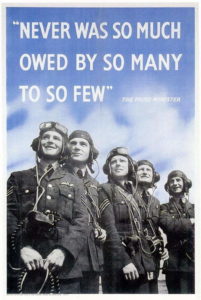
During the war the RAF swelled to an enormous 1,208,000 men and women, of whom 185,000 were aircrew. Of that 185,000 though, 70,000 were killed in battle, and bomber command suffered the heaviest losses at 55,000 lives lost.
This disparity was also one of the reasons that so many aircrews were lost. The sheer numbers of the Luftwaffe meant that they had pilots and aircraft to spare, in a way that Britain just didn’t. At the height of the conflict, the training time for an RAF pilot before he was in active combat against the Luftwaffe was just two weeks. The average age of the pilots fighting; just twenty. It is perhaps unsurprising that during this conflict so many air clubs came to be formed.
The Goldfish Club, formed in 1942 was a club for airmen who ‘came down in the drink’. That is, any aircrew who had been shot down, bailed out of or crashed a stricken aircraft into the sea and lived to tell the tale. Members of this club were given a (waterproof) badge depicting a goldfish with wings over water. The club still meets to this day and now accepts military and civilian aircrews both male and female. One of these is Kate Burrows, who was flying from Guernsey to the Isle of Man in December 2009. Her right engine failed, then she lost power in her left and had to ditch into the sea. A helicopter from a nearby gas rig was able to rescue her and she became a member of the Goldfish Club soon after.
The Caterpillar Club was actually the earliest club, formed in 1922, for anyone, military or civilian, who parachuted out of a stricken aircraft to safety. During World War Two the membership increased to 34,000 lives saved by the Irvin parachute. This club’s badge is a caterpillar, a tribute to the silk worm who would produce the silken threads from which the first parachutes were made. Charles Lindberg is a famous member of this club, although obviously he became a member long before his successful trans-Atlantic flight. Lindbergh was actually a member four times over. He had to abandon his aircraft by parachute twice in 1925, once during a practice flight and once during a test flight, then twice in 1926 whilst working as an airmail pilot.
The Guinea Pig Club, the most exclusive air club with only 649 members at its height, is no longer running today. This was a club formed in 1941 by those men who had suffered catastrophic burns, often called ‘airmen’s burns’ in aircraft that had been shot down or crashed during World War Two. These men were operated on by pioneering surgeon Sir Archibald McIndoe, who used such innovative and unknown techniques, they called themselves his ‘guinea pigs’. This also explains why their badge features a guinea pig with wings.
There were four and a half thousand airmen who suffered catastrophic burn injuries during World War Two, and of those, 80% were airmen’s’ burns, that is deep tissue burns to the arms and face. One such person who suffered these injuries was one of the founding members of the Guinea Pig Club, Geoffrey Page. He was shot down in the English Channel during the Battle of Britain on August 12th 1940. His fuel tank exploded when his aircraft was hit by enemy fire. Thanks to McIndoe, amazingly, despite his injuries Page returned to fly active missions. Although it took several operations and unbelievable pain, Page was determined to see out the war a fighter.
Finally, the Winged Boot Club. A club formed in 1941 for those airmen who had been shot down or crashed in the Western Dessert in the three year campaign in North Africa. These men had to walk back to bases from behind enemy lines. Hence why this club’s badge was a boot with wings and why it was also called the ‘Late Arrivals’ club, as some members walked from as far as 650 miles behind enemy lines.
One such pilot was Tony Payne, forced to land his Wellington Bomber deep into the desert after getting lost on a six and a half hour sortie. So far behind enemy lines he and his crew would have had no chance in the desert were it not for a chance encounter with some desert nomads. Payne and his crew took what supplies they could from the aircraft and followed what they thought were camp lights. However, when they arrived at the source of the lights it turned out that they were actually Bedouin camp fires. Luckily the nomads they encountered were friendly and they actually guided them through the desert until they came across a British patrol. This was the shortest running of the clubs as the official members had to have been in that specific Desert campaign.
The Clubs:
The Caterpillar Club: for anyone, military or civilian, who has parachuted out of a stricken aircraft to safety.
The Guinea Pig Club: for those who suffered catastrophic burns in aircraft that had been shot down or crashed during World War Two. These men were operated on by pioneering surgeon Sir Archibald McIndoe.
The Goldfish Club: for airmen who ‘came down in the drink’
The Winged Boot Club: for those airmen who had been shot down or crashed in the Western Dessert during the North African campaign.
By Terry MacEwen, Freelance Writer.
Published: May 24th 2022.
